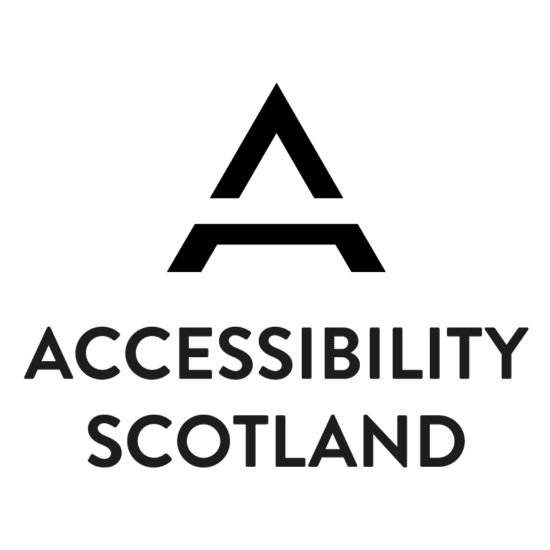
The second Accessibility Scotland conference took place in Edinburgh on September 22nd. Accessibility Scotlandwas started up in 2016 by a group of local accessibility advocates—Kevin White, Wojtek Kutyla, Peter Heery, and TPG’s David Sloan—as an annual gathering where people could get together to chat about accessibility and inclusive design in an informal setting. For 2017, we had a change of venue, an exciting line-up of speakers, more coffee than last year, and what turned out to be a full house. The result was a great atmosphere and a series of excellent talks.
Kicking off proceedings was Graham Pullin, senior lecturer at the University of Dundee and former senior designer at IDEO. Graham gave an inspirational talk about diversity and inclusion in design, citing a diverse range of research projects in which he has been involved, including Social Sewing, the Inclusive Fashion and Design Collective, and the Prayer Companion. Despite narrowing the scope of design to a specific user group, or even to a specific user, Graham emphasised how each project encouraged a broader, more open-minded perspective on inclusive design.
Accessibility in the physical world inspired the next talk by Kiki MacDonald and Paul Ralph, who described the development of Euan’s Guide, a disabled access review website, dubbed “TripAdvisor for disabled people”. Kiki’s brother, Euan, is a powerchair user. Motivated by his difficulty in finding accessible venues, the two of them created the website, which currently hosts over 6,000 reviews of venues across the UK and beyond. Paul, who is a member of the Euan’s Guide team and a powerchair user himself, gave an entertaining and insightful account of technology’s empowering role in facilitating inclusive and independent living.
Continuing the theme of the accessibility of physical places, Susan Fulton, a chartered surveyor with a Masters in Accessibility and Inclusive Design, talked about the ethos of inclusive design and what digital accessibility can learn from accessibility in the built environment. From ticket machines to accessible toilets, Susan drew upon a range of examples that highlight the importance of designing both our physical and digital with disabled people in mind.
After a stimulating open conversation session, in which delegates split into groups to discuss the hot topics in accessibility, Michael Crabb, a lecturer at Robert Gordon University in Aberdeen, introduced the concept of “accessible everyone”. This looks at the permanent, temporary and situational accessibility challenges faced by all members of society. Michael drew upon his diverse research interests, including computer-augmented board games and the dynamic subtitling of TV content, to demonstrate how accessibility adds to the overall user experience of products and services.
Finally, inclusive designer, writer and TPGi accessibility engineer, Heydon Pickering gave an entertaining explanation of why inclusive design is like cooking curry. Amidst a lively discussion about whether dogs can eat curry, why image carousels are like raisins in curries (hint: no one likes them), and the limited facial expressions of Masterchef’s Gregg Wallace, Heydon highlighted the value of user research and of respecting user needs. Stressing the importance of documentation, Heydon demonstrated Infusion, the inclusive documentation builder he created to manage and document inclusive design patterns.
Plans are already underway for 2018’s Accessibility Scotland—watch this space…